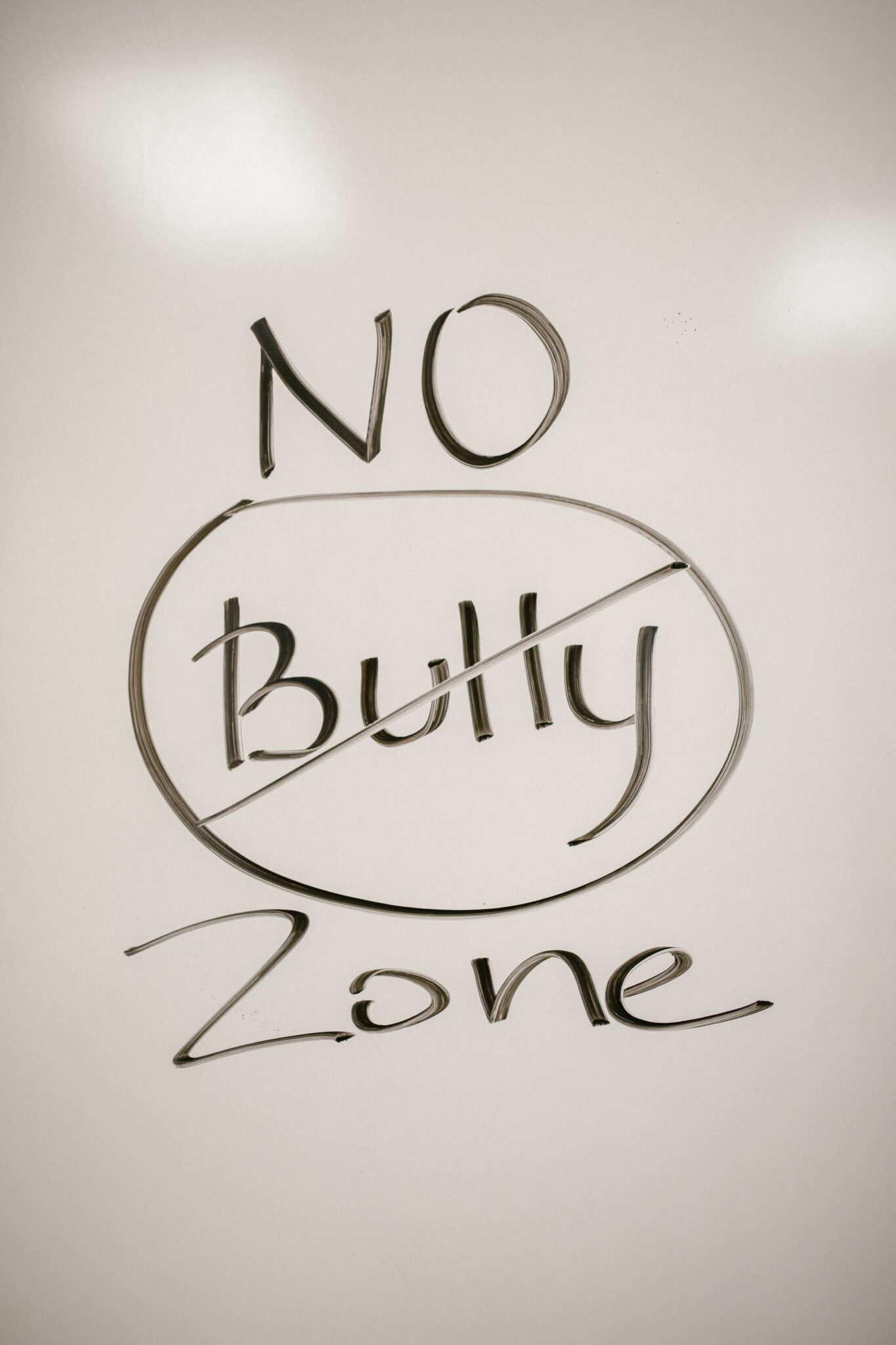Mom’s Vibe:
By Krystle J. Bailey
Bullying doesn’t end with the academic school year. Camps, playgrounds, and especially the internet can be breeding grounds for bullying situations. As parents, the more we understand bullying and bully prevention, the more equipped we will be to stop it in its tracks. Summer is a perfect opportunity to take a moment to educate ourselves and our children about bullying, what to look for, the detrimental effects, and what to do if we see it.
According to research conducted by National Center for Educational Statistics performed in 2019, 1 out of every 5 students reported being bullied. That 20% of children only including the reported and recorded incidents. Every year, countless bullying occurrences go unreported for various reasons, including fear of backlash, peer rejection, and a feeling of helplessness. Of the reported incidents, most of the children were victims of bullying based on their physical appearance, gender, disability, religion, sexual orientation, or race/ethnicity.
In the aforementioned 2019 study, students between the ages of 12-18 stated that they felt those who bullied them either had the ability to influence others’ perception of them (56%), had more social influence (50%), were physically stronger or larger (40%), or had more money (31%).
So, what can we do?
Understand What Bullying Actually Is
When we think of bullying, we tend to divert our thoughts directly to acts of physical violence or abuse. However, as we’ve learned in recent years, bullying doesn’t always manifest as a black eye or bruised body. Oftentimes, bullying can be verbal, emotional, or social. Bullying, in its various forms, is unwanted and aggressive, repetitive behavior that involves a real or perceived power imbalance. The word “power” in this definition can include physical strength, popularity, control, or access to harmful information.
In addition to the obvious forms of bullying that we are accustomed to, bullying can take the form of threats, spreading rumors, purposely excluding someone, verbal attacks, teasing, taunting, public humiliation, stealing, spitting, and more.
Children affected by bullying are not always directly involved either. Studies show that all involved participants, including children who bully, children who are bullied, bystanders, kids who assist or reinforce, and outsiders, are all affected by this behavior.
Understanding that bullying can look dozens of different ways helps us, as parents, to understand warning signs and how we can intervene.
Be Mindful of Warning Signs
We all do the best we can as parents and while we would love to assume that our child could never bully another kid, it’s important that we also keep an open mind. We can’t understand everything that goes through their minds day-to-day, how things may affect their mental state, or how their peers may influence their choices. It’s our responsibility to keep an eye out for signs of bullying in our children from all angles from the bully to the victim ,to the reinforcer or the bystander.
Signs that a child may be the victim of bullying include but are not limited to, unexplainable injuries, faking frequent illnesses, changes in eating habits, declining grades, self destructive behavior, lost belongings, and difficulty sleeping.
Warnings that a child may be the one bullying include increased aggression, frequent fighting with peers, visits to the principal, blaming others, and worrying about their popularity status or reputation.
Any of these signs are opportunities to have a conversation with your child. Spending a few minutes each day with them in open, free conversation creates an opportunity for honest communication and windows into their world. Many children may not respond to direct questions such as, “have you witnessed bullying in school?” However, asking about what they ate at lunch, who they played with on the playground, how they enjoyed camp, and so on, can give insight into their daily lives and shine a light on any red flags.
Learn, Teach, & Speak Up
One of the healthiest ways to protect kids from bullying is to help them participate in activities that spark their interest. Whether they volunteer, participate in sports or activities, or attend camp that caters to their passion, these activities offer them a chance to meet people with the same interest while building confidence and forging strong friendships.
Continue to expand your knowledge about what bullying is, what to look for, and how kids can be affected then talk to your kids about it. Healthy lines of communication are critical when it comes to protecting and supporting our youth. Ask questions like “what does bullying look like to you?” and “who did you sit with at lunch today?” Attend local anti-bullying events, seminars, and classes either alone or with your children. The more of us that demonstrate that we don’t stand for bullying in any form, the more we can make a difference.
As the old saying goes, “if you see something, say something.” If you see or hear about something in school, at summer camp, or online, don’t hesitate to notify the necessary authorities. As we speak up, we give our children permission to speak up for themselves too. Use your voice while encouraging children to never be afraid to use their own.
Most of all, lead by example. Our children, no matter how old or young, model our behavior. Be mindful of how you talk to or about people and ask yourself how it would look if your child repeated the same. We are our children’s role models, heroes, and advocates. It is important that we act accordingly and become an active part of their healthy childhood.
More resources for bully prevention can be found at:
Krystle J Bailey. Multimedia journalist, Author, Poet.
Connect with Krystle on Instagram @thedailybailey5






